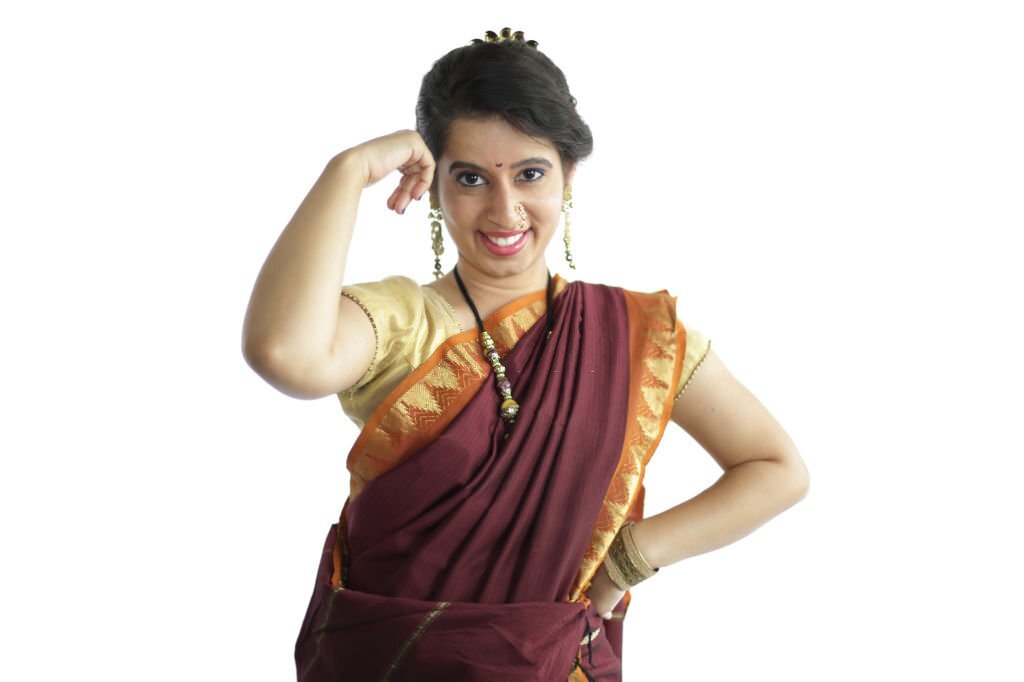Introduction
Carnatic music, a vibrant and ancient form of classical music rooted in Southern India, has a profound influence on Indian culture that cannot be overstated. This centuries-old musical tradition not only mesmerizes audiences with its melodious tunes but also plays a pivotal role in shaping the cultural fabric of India. In this blog, we will explore the rich history and significance of Carnatic music, its impact on Indian culture, and its relevance in the modern world.
The Origins of Carnatic Music
Carnatic music, also known as Karnataka Sangita, has its roots in the Vedas, ancient Hindu scriptures. It evolved over the centuries, drawing from diverse influences like folk music, devotional songs, and Sanskrit literature. The musical treatises, such as the “Natya Shastra” by Bharata Muni, laid the foundation for Carnatic music’s structure and theory.
The Essence of Carnatic Music
At its core, Carnatic music is a highly structured and improvisational art form. It places a strong emphasis on melody (raga), rhythm (tala), and lyrics (Sahitya). These elements combine to create an enchanting musical experience that transcends language and connects with the soul.
Carnatic Music and Religion
Carnatic music has deep religious roots, with many compositions dedicated to Hindu deities. It has been integral to temple rituals, festivals, and devotional practices for centuries. The music’s spiritual essence continues influencing religious ceremonies and cultural events across India.
Cultural Significance
Beyond its religious connections, Carnatic music significantly impacts Indian culture. It has been a source of inspiration for various art forms, including dance, sculpture, and painting. Its influence extends to literature and even the way Indians celebrate festivals and life events.
Modern Relevance

Carnatic music is not confined to history books. It thrives in the modern world, with dedicated performers and enthusiastic audiences worldwide. Concerts, music festivals, and online platforms have brought this art form to new heights, ensuring its continued relevance.
Conclusion
Carnatic music, often referred to as “The Sound of India,” is more than just music; it’s a cultural treasure that bridges the past and present. Its influence on Indian culture, spirituality, and artistic expression is undeniable. As this timeless tradition continues to resonate with audiences worldwide, it remains a testament to the enduring power of music to connect hearts and transcend boundaries.











One thought on “Carnatic Music: The Sound of India”